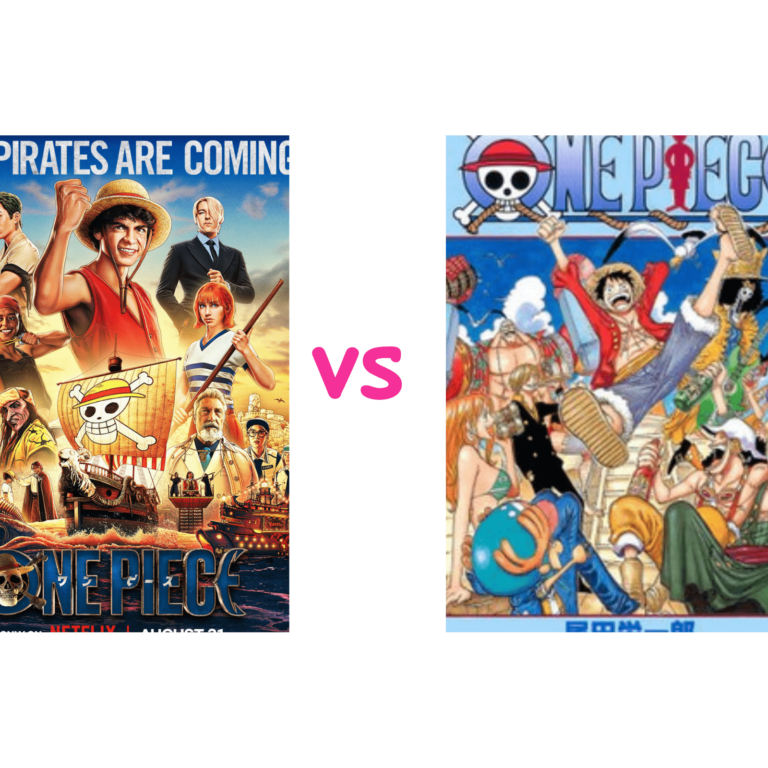Unveiling the Intricate World of Anime Worldbuilding
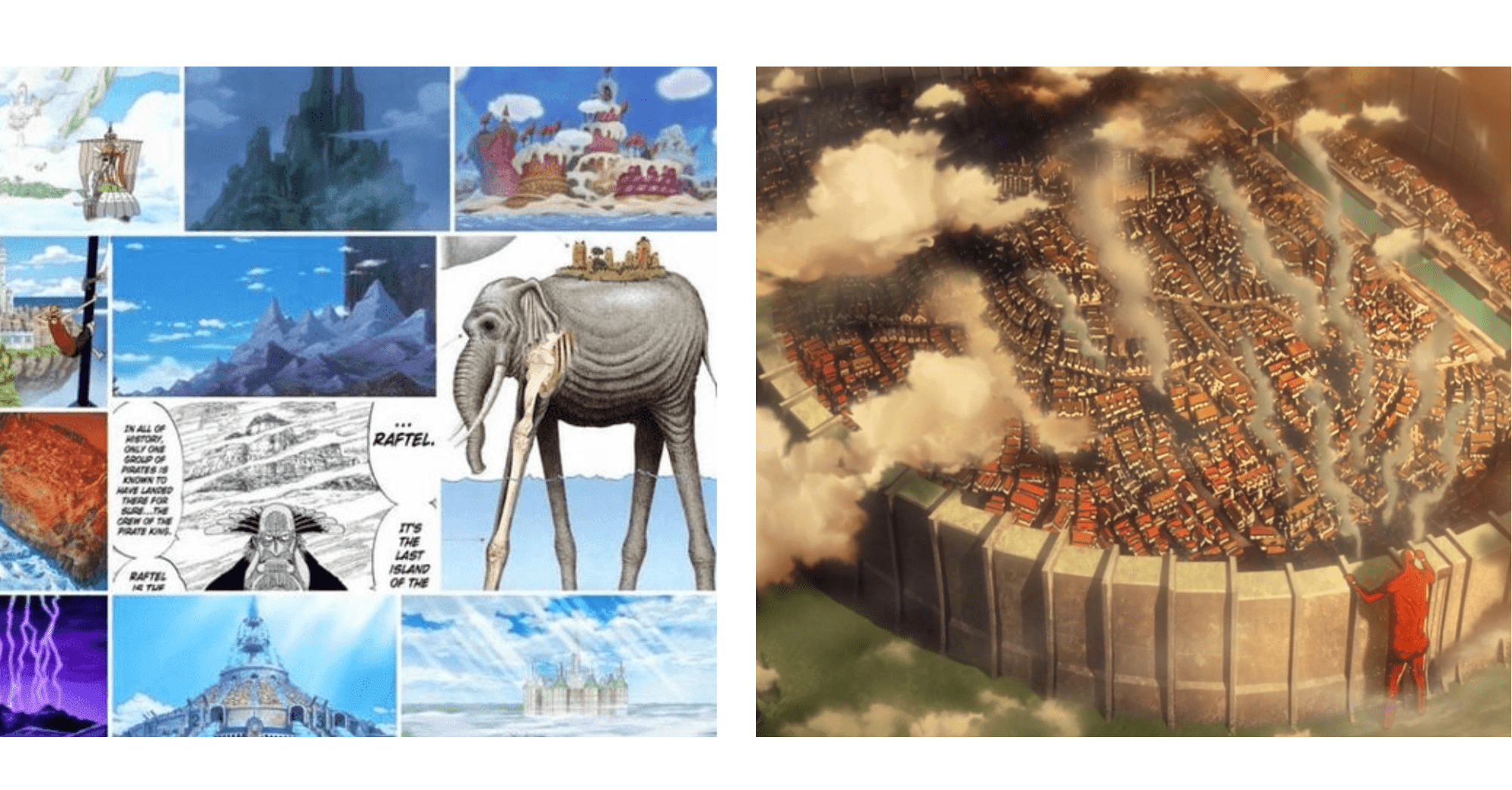
Introduction
In the realm of storytelling, anime has gained tremendous popularity worldwide. One of the key elements that captivate viewers is the intricate worldbuilding found within these animated series. Anime creators possess a unique ability to construct rich and immersive worlds that transport audiences into extraordinary realms filled with captivating characters, detailed environments, and engrossing narratives. This article delves into the fascinating realm of anime worldbuilding, exploring the techniques, significance, and impact of this creative process.
Table of Contents
- Introduction
- 1. Understanding Anime Worldbuilding
- 2. Elements of Anime Worldbuilding
- 3. Techniques and Approaches
- 4. Impact on Storytelling
- 5. Examples of Remarkable Anime Worldbuilding
- 6. Evolution of Anime Worldbuilding
- 7. Challenges and Considerations
- 8. Conclusion
- FAQs
1. Understanding Anime Worldbuilding
Defining Anime Worldbuilding
Anime worldbuilding refers to the process of creating a fictional universe within an anime series. It involves crafting the setting, history, culture, and rules that govern the world in which the story takes place. Anime worldbuilding extends beyond the visual aspects of the series, encompassing the intricate details that breathe life into the narrative.
The Importance of Worldbuilding in Anime
Worldbuilding is crucial in anime as it establishes the foundation upon which the story unfolds. A well-built world immerses viewers and allows them to suspend their disbelief, enabling a deeper engagement with the characters and plot. It creates a sense of authenticity and believability, making the anime more compelling and memorable.
2. Elements of Anime Worldbuilding

Setting and Environment
The setting and environment play a vital role in anime worldbuilding. Whether it’s a futuristic cityscape, a mystical realm, or a post-apocalyptic wasteland, the visual representation of the world significantly impacts the story’s tone and atmosphere. Attention to detail in the design of landscapes, architecture, and natural elements contributes to the overall believability and immersion.
Cultural and Societal Structures
Anime worldbuilding often incorporates cultural and societal structures that mirror or deviate from real-world counterparts. These elements shape the behaviors, values, and traditions of the characters within the anime. By establishing unique cultural norms and social hierarchies, anime creators can infuse their worlds with depth and complexity.
Magic Systems and Supernatural Elements
Many anime series incorporate magic systems and supernatural elements into their worldbuilding. These systems define the rules and limitations of supernatural abilities, providing a framework for characters to navigate and develop their powers. Well-defined magic systems contribute to the internal consistency of the anime’s world and enhance the storytelling possibilities.
Historical Background
In some anime series, a rich historical background adds depth and context to the worldbuilding. Historical events, wars, and legends shape the present circumstances and shape the characters’ motivations and conflicts. By incorporating historical elements, anime creators can create a sense of timelessness and add layers of intrigue to their narratives.
3. Techniques and Approaches
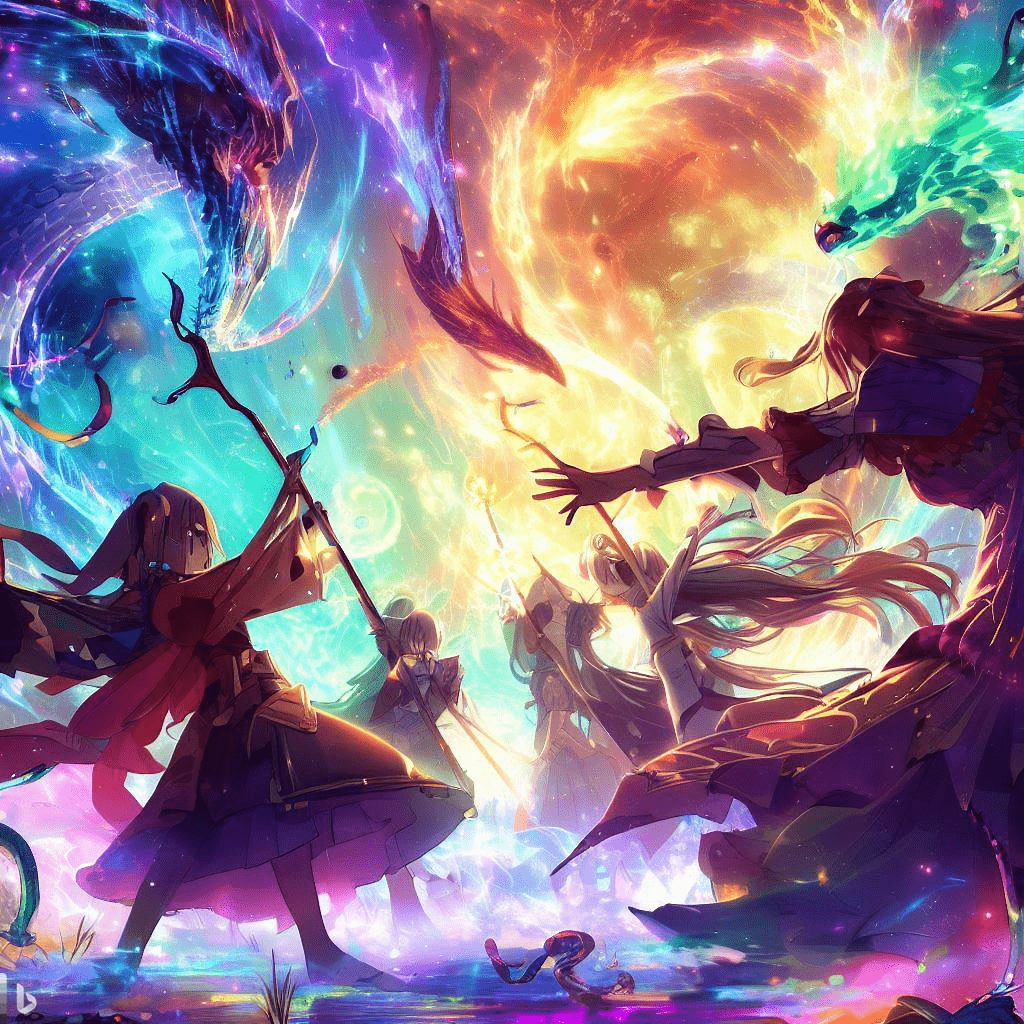
Research and Inspiration
Anime creators often draw inspiration from various cultures, mythology, history, and literature to enrich their worldbuilding. Extensive research enables them to incorporate real-world elements into their fictional worlds, adding depth and authenticity. By blending familiar elements with original concepts, anime series can resonate with a wide range of viewers.
Attention to Detail
Attention to detail is crucial in anime worldbuilding. Small nuances, intricate designs, and consistent visual cues help create a cohesive and believable world. From the architecture of buildings to the flora and fauna of the environment, every aspect contributes to the overall immersion and storytelling experience.
Consistency and Continuity
Maintaining consistency and continuity is essential in anime worldbuilding. A well-established set of rules and internal logic ensures that the world remains coherent and avoids plot holes or contradictions. By upholding continuity, anime creators provide a more immersive experience and enhance the audience’s suspension of disbelief.
Balancing Realism and Fantasy
Anime worldbuilding often strikes a delicate balance between realism and fantasy. While fantastical elements abound, grounding the world in relatable aspects fosters a stronger connection with the audience. This blend of realism and fantasy allows viewers to relate to the characters and their struggles while still enjoying the escapism and imaginative possibilities offered by the anime.
4. Impact on Storytelling
Enhancing Narrative Depth
Well-crafted anime worldbuilding enhances the narrative depth of the series. By fleshing out the world and its history, anime creators can explore complex themes, political intrigues, and moral dilemmas. The detailed environments and cultural contexts provide a fertile ground for thought-provoking stories that resonate with viewers on a deeper level.
Fostering Emotional Connection
Anime worldbuilding contributes to fostering emotional connections between viewers and the characters. Immersive worlds elicit empathy and invest viewers in the characters’ struggles and triumphs. When the audience feels a personal stake in the world, they are more likely to form emotional bonds and become loyal fans of the series.
Enriching Character Development
The world in which anime characters exist shapes their identities and influences their development. A well-developed world provides the characters with a context within which their personalities, motivations, and relationships can flourish. Anime worldbuilding offers a canvas for multidimensional character arcs and facilitates meaningful character growth throughout the series.
Establishing Memorable Universes
Exceptional anime worldbuilding can create universes that leave a lasting impact on viewers. Universes like the Grand Line in “One Piece” or the expansive walls in “Attack on Titan” become ingrained in the minds of fans, becoming iconic symbols of the anime. Memorable universes foster a sense of wonder and leave viewers yearning for more exploration and discovery.
5. Examples of Remarkable Anime Worldbuilding
“One Piece”
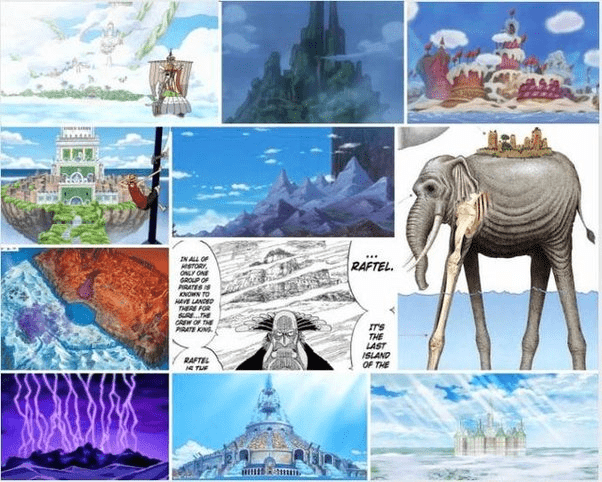
“One Piece” is renowned for its expansive and vibrant world. The Grand Line, a treacherous sea route, offers a multitude of islands, each with its unique cultures, ecosystems, and history. The worldbuilding in “One Piece” is filled with intricate details, making it a prime example of how a well-built world can captivate audiences for decades.
“Attack on Titan”
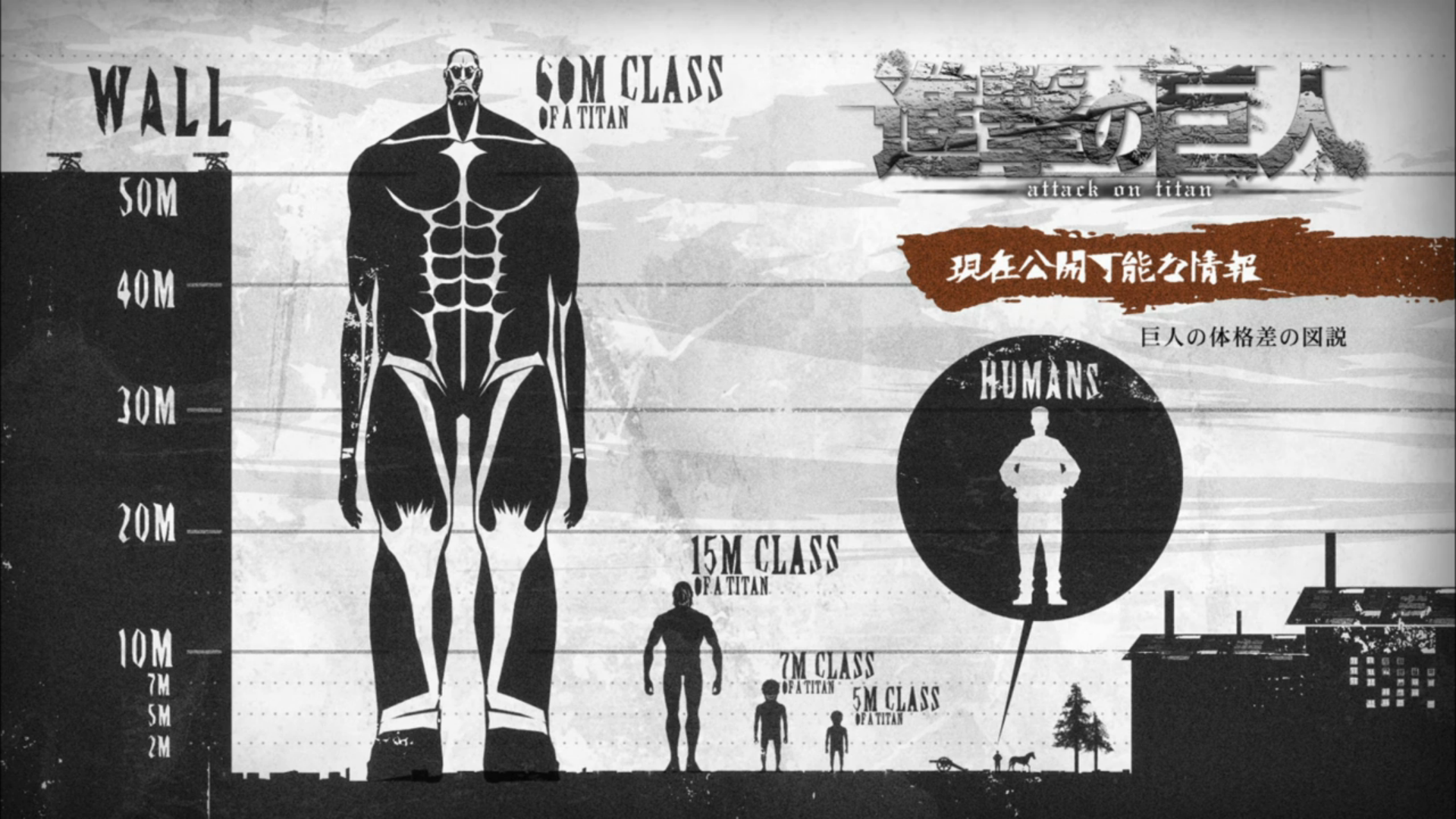
The world of “Attack on Titan” is a post-apocalyptic landscape where humanity is besieged by giant humanoid creatures known as Titans. The city walls, the oppressive atmosphere, and the intricate political and social structures all contribute to the show’s gripping narrative. The worldbuilding in “Attack on Titan” amplifies the sense of danger and desperation felt by the characters.
“Fullmetal Alchemist”
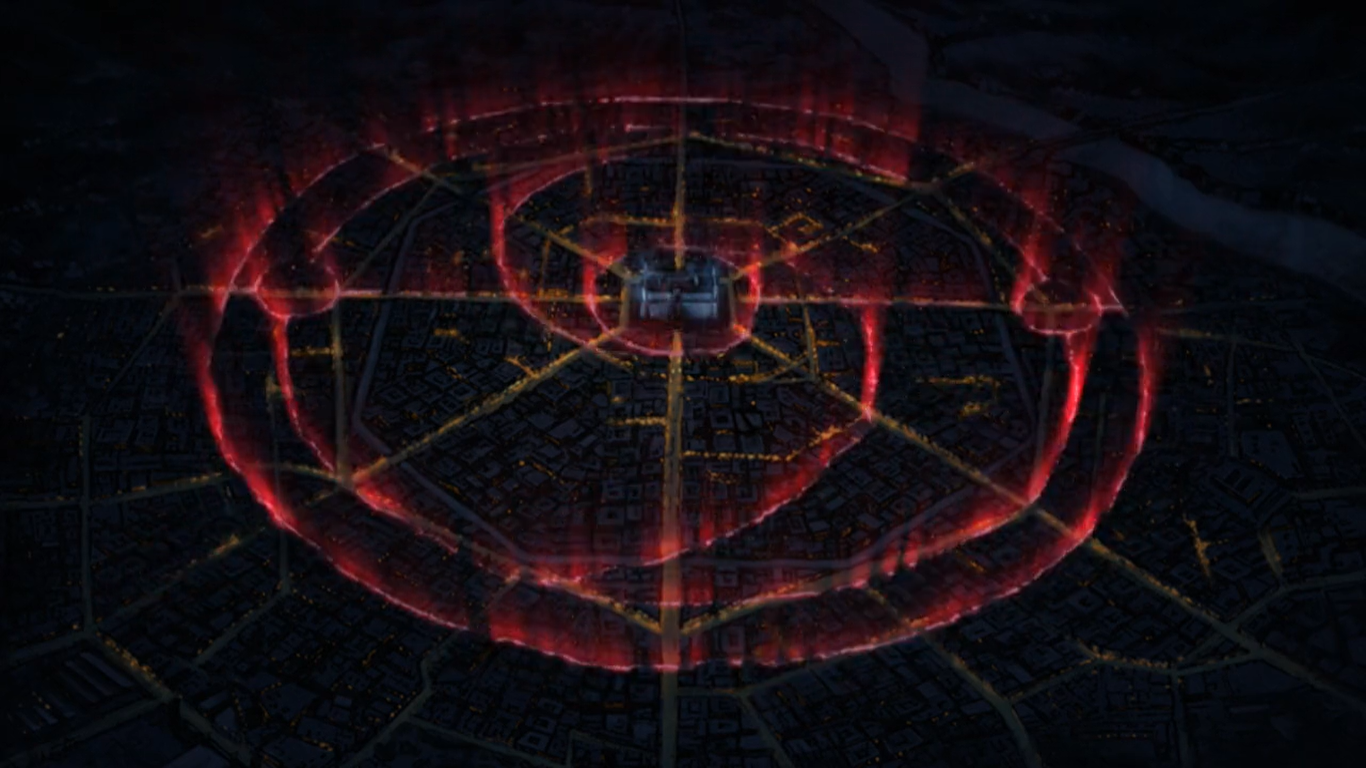
“Fullmetal Alchemist” showcases a world where alchemy is the primary source of power. The intricate rules and limitations of alchemy, coupled with a rich history and diverse characters, create a captivating backdrop for the story. The worldbuilding in “Fullmetal Alchemist” elevates the exploration of moral dilemmas and the consequences of wielding immense power.
“Spirited Away”
“Spirited Away” transports viewers to a mystical realm filled with fantastical creatures and ethereal landscapes. The detailed and imaginative worldbuilding creates a visually stunning and immersive experience. The enchanting world of “Spirited Away” showcases how anime can construct extraordinary universes that ignite the imagination.
6. Evolution of Anime Worldbuilding
Traditional Approaches
In the early days of anime, worldbuilding often relied on familiar tropes and archetypes, drawing inspiration from Western and Japanese storytelling traditions. While these series laid the foundation for anime worldbuilding, modern anime has evolved to incorporate more intricate and innovative approaches.
Modern Innovations and Trends
Contemporary anime series have pushed the boundaries of worldbuilding, embracing new technologies and storytelling techniques. The use of computer-generated imagery (CGI) has allowed for more visually stunning and detailed worlds. Additionally, anime series have started to blend genres, creating unique settings that defy traditional categorization.
Influences from Other Media
Anime worldbuilding has also been influenced by other forms of media, including literature, video games, and tabletop role-playing games. These mediums have introduced fresh perspectives and narrative techniques, inspiring anime creators to experiment and expand the possibilities of worldbuilding.
7. Challenges and Considerations
Avoiding Excessive Information Dumping
A challenge in anime worldbuilding is finding the balance between providing enough information to engage viewers and overwhelming them with excessive exposition. Skillful storytelling allows for the gradual revelation of the world’s intricacies, leaving room for discovery and maintaining audience interest.
Balancing Worldbuilding and Plot Progression
Anime creators must strike a balance between developing the world and advancing the plot. While worldbuilding adds depth and immersion, it should not overshadow the narrative’s progression. Skillful pacing and integration of worldbuilding elements ensure that viewers remain engaged in the story without losing sight of its core plot.
Catering to Diverse Audiences
Anime worldbuilding must consider the diverse preferences and cultural backgrounds of its audience. By incorporating a variety of cultural influences and perspectives, anime series can appeal to a wider range of viewers. Embracing inclusivity and representing diverse characters and storylines fosters a more inclusive and engaging viewing experience.
8. Conclusion
Anime worldbuilding is a captivating process that involves constructing intricate fictional universes. Through careful attention to detail, extensive research, and imaginative storytelling, anime creators bring to life immersive worlds that captivate viewers. The impact of well-built anime worlds extends beyond aesthetics, enhancing narrative depth, fostering emotional connections, and leaving a lasting impression on fans worldwide.
FAQs
- What is the role of worldbuilding in anime? Worldbuilding in anime establishes the foundation upon which the story unfolds, immersing viewers in rich and believable universes.
- How does anime worldbuilding enhance character development? Anime worldbuilding provides characters with a context in which their personalities, motivations, and relationships can grow and evolve.
- What are some examples of remarkable anime worldbuilding? Examples of exceptional anime worldbuilding include “One Piece,” “Attack on Titan,” “Fullmetal Alchemist,” and “Spirited Away.”
- What challenges does anime worldbuilding face? Challenges include avoiding excessive information dumping, balancing worldbuilding with plot progression, and catering to diverse audiences.
- How has anime worldbuilding evolved over time? Modern anime incorporates innovative approaches, such as blending genres and utilizing advanced technologies like CGI, influenced by other media forms.




